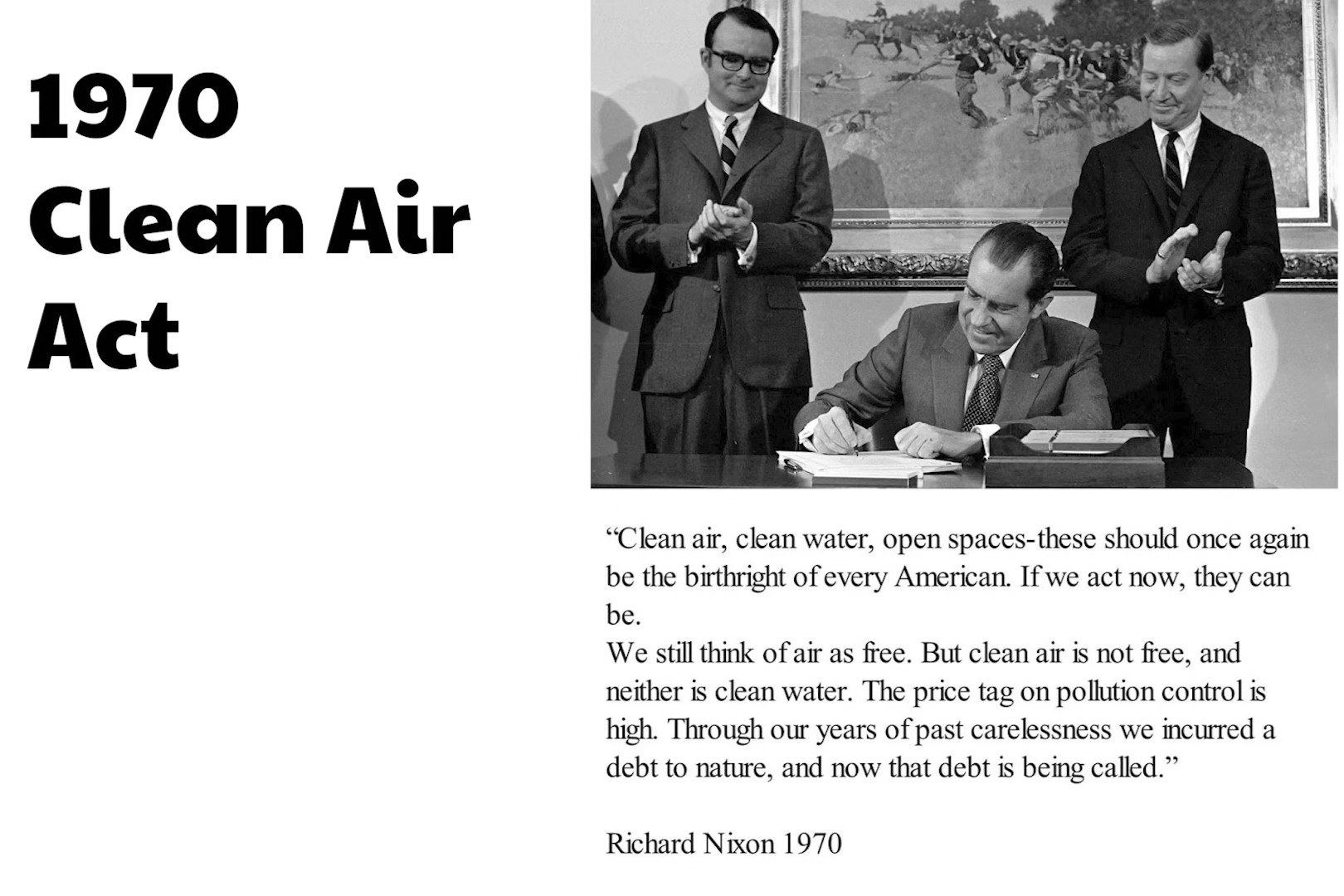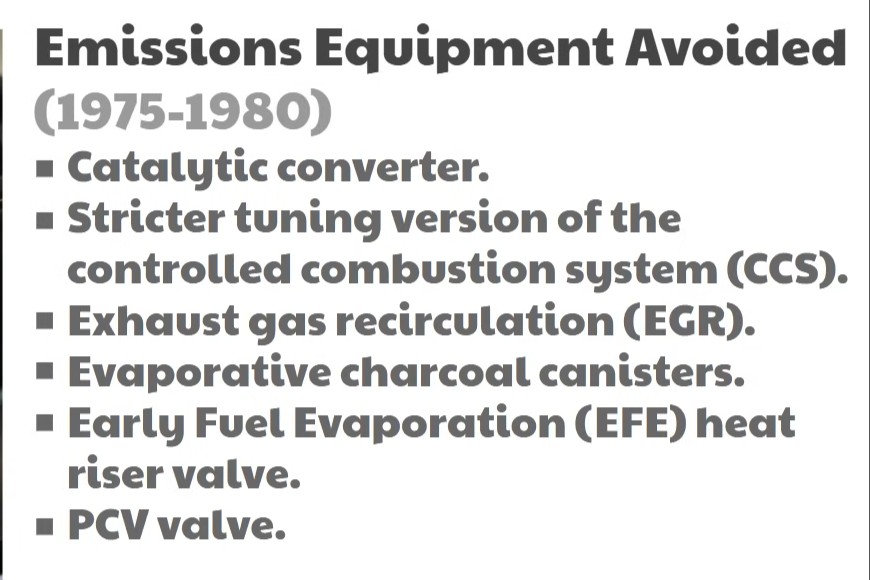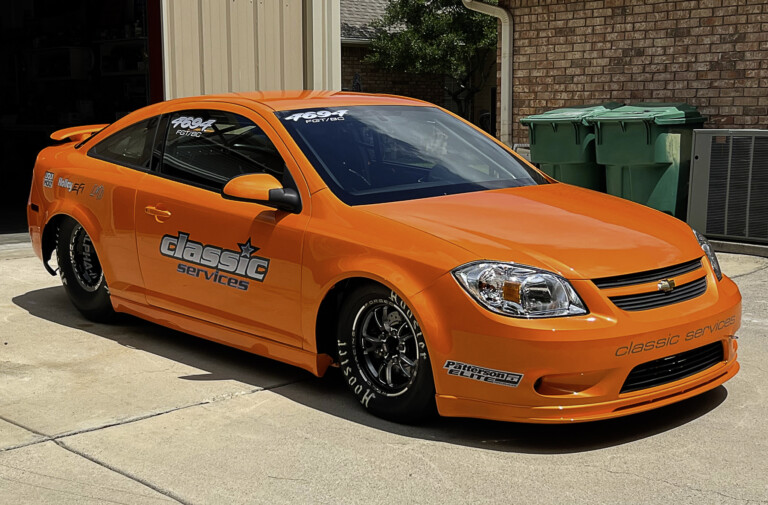When reflecting on classic trucks, it becomes obvious that some models were specifically created to hedge against changes in consumer tastes or government regulations. That’s nothing new. Even today, automakers use clever engineering and great marketing to maximize their return on investment. In the mid-1970s, the the creation of the Chevy Big 10, was an exceptionally savvy way for General Motors to sell an improved product to consumers while creating a workaround for emission regulations.
The context for the Big 10’s creation lies in 1975 vehicle emissions controls. New rules required vehicles under a 6,000-pound Gross Vehicle Weight Rating (GVWR) to be fitted with expensive, power-reducing emissions equipment that included catalytic converters.
GVWR represents the maximum a vehicle should carry, including its own weight, fuel, passengers, and cargo. To avoid placing the C10 into 1976’s stricter emissions bracket, General Motors came up with a simple solution. They took two-wheel-drive C10 models and added heavier-duty suspension, brakes, and tires borrowed from the larger C20 three-quarter-ton truck.
These additions were enough to push the Big 10’s GVWR just over the 6,000 pound limit, typically to 6,050 pounds, which reclassification the truck out of the new regulations that affected passenger cars and two-wheel-drive half-ton pickups. Essentially, the Big 10 was exempt from the new emissions equipment requirements, and it did not need a catalytic converter.
Predictably, the Big 10 package was only offered on two-wheel drive models, since Chevy’s four-wheel-drive trucks already weighed enough to qualify for the emissions exemption. Avoiding catalytic converters on the two-wheel drive models offered two main benefits for buyers. First, the Big 10 provided more performance because early catalytic converters significantly reduced engine power. Second, and perhaps more importantly for many buyers — especially company fleets, the Big 10 could continue to use cheaper leaded gasoline and save money.
The Chevy Big 10 was produced for six model years, from 1975-1980, with production ultimately ending because of even stricter emissions rules. In 1979, the Environmental Protection Agency (EPA) applied stricter regulations to all vehicles under 8,500-pound GVWRs. Chevy canceled the Big 10 the following year, a move that seemed to confirm its purpose was regulatory avoidance, not just customer demand.
The story of the Chevy Big 10 offers a fascinating look into how manufacturers deal with complex regulations while still serving their customers. It is a unique chapter in American truck history that mixes great engineering with strategic thinking. What are your thoughts on Chevy’s clever Big 10 program?
























